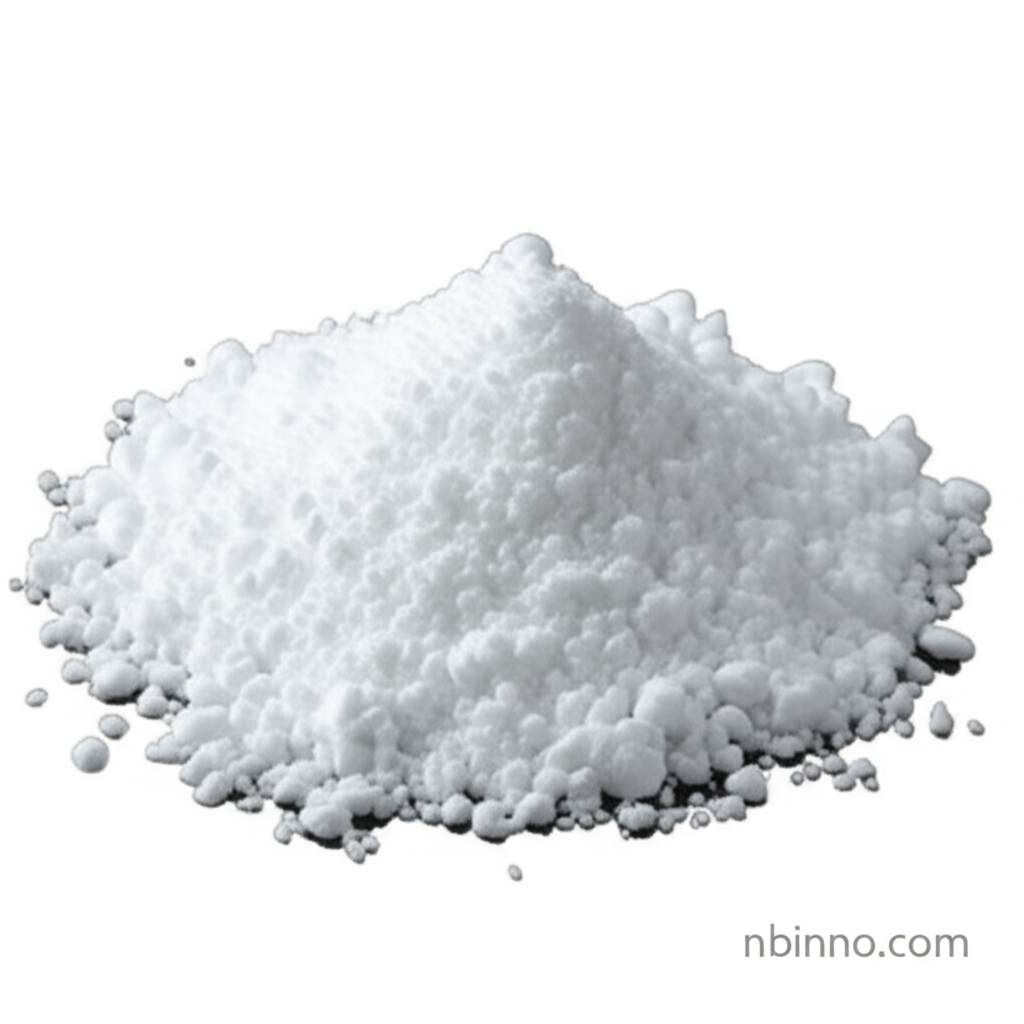Stannous Chloride Dihydrate: Your Essential Industrial Chemical Partner
Discover the versatile applications of Stannous Chloride Dihydrate, a key compound for manufacturing, plating, and synthesis.
Get a Quote & SampleProduct Core Value

Stannous Chloride Dihydrate
Stannous Chloride Dihydrate is a vital chemical compound renowned for its potent reducing capabilities and diverse industrial applications. It plays a critical role in numerous chemical processes, ensuring efficiency and quality across sectors from electroplating to food preservation.
- Explore the essential uses of stannous chloride dihydrate as a reducing agent in various chemical reactions.
- Understand its critical role in tin plating of steel for cans and other applications.
- Learn how it serves as a mordant in textile dyeing, enhancing color vibrancy.
- Discover its application as a catalyst in organic synthesis and plastic production.
Key Advantages Offered
Versatile Reducing Power
Leverage the robust reducing capabilities of stannous chloride dihydrate for effective chemical transformations, a key aspect when considering stannous chloride dihydrate reducing agent.
Enhanced Surface Finishing
Achieve superior surface finishes in electroplating applications, whether for tin-plating steel or sensitizing plastics, by utilizing the unique properties of this compound.
Color Enhancement in Textiles
Benefit from its use as a mordant in textile dyeing, allowing for brighter and more durable colors with specific dyes, contributing to vibrant fabric finishes.
Key Applications
Tin Plating
Essential for electrolytic baths in the tin-plating of steel to create tin cans, ensuring corrosion resistance and product integrity.
Textile Dyeing
Acts as a mordant to improve dye fixation and enhance the brightness of colors in various textile applications.
Organic Synthesis
Serves as a valuable catalyst in numerous organic reactions, facilitating efficient synthesis of complex molecules.
Mirror Silvering
Used as a reducing agent to deposit a uniform layer of silver onto glass surfaces, creating mirrors with high reflectivity.
